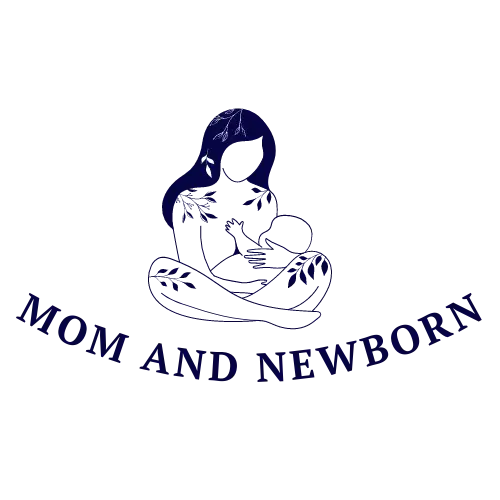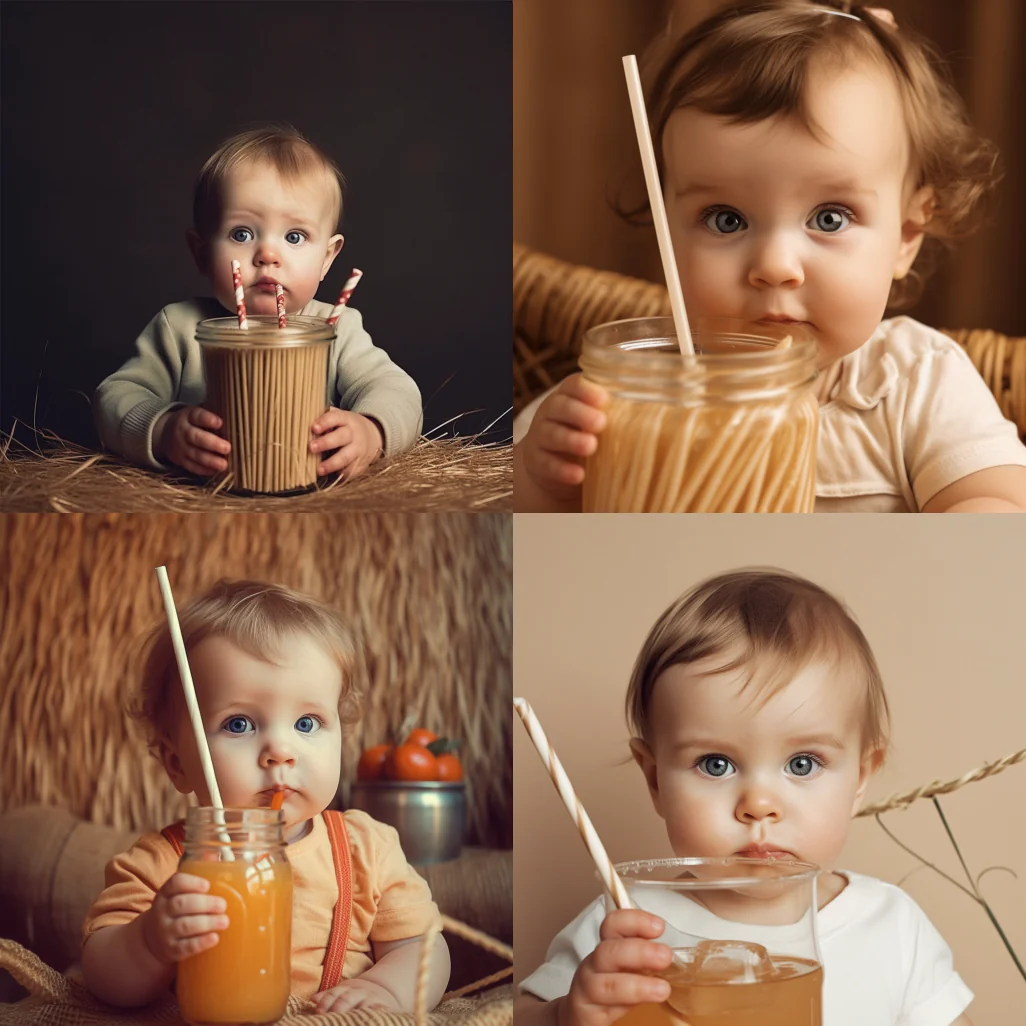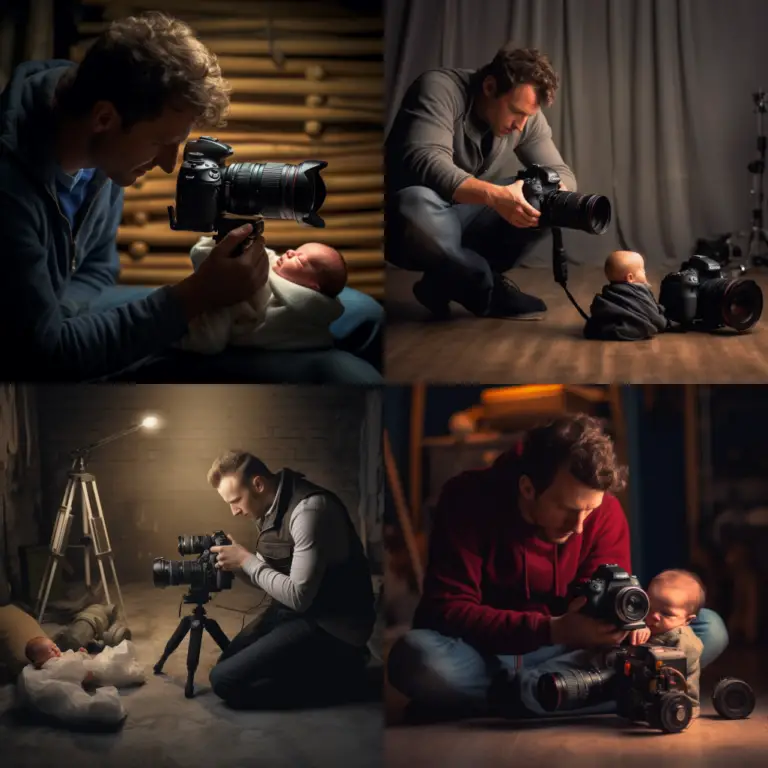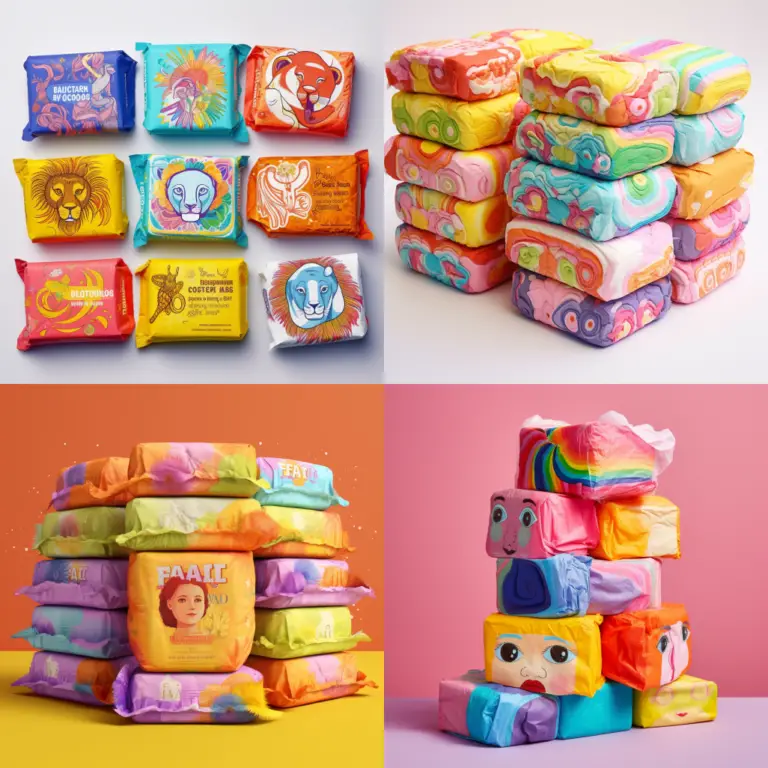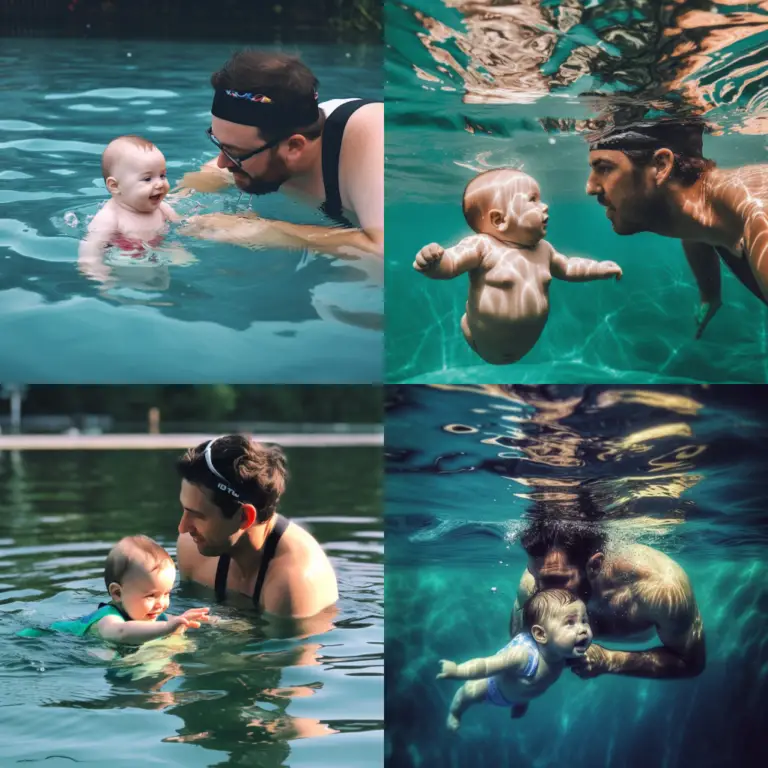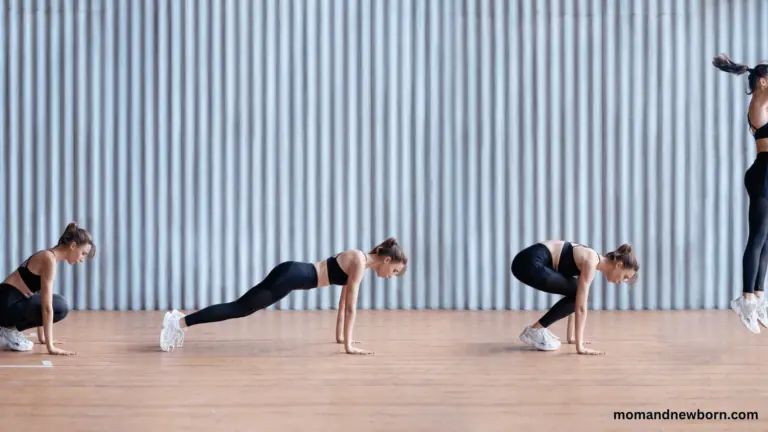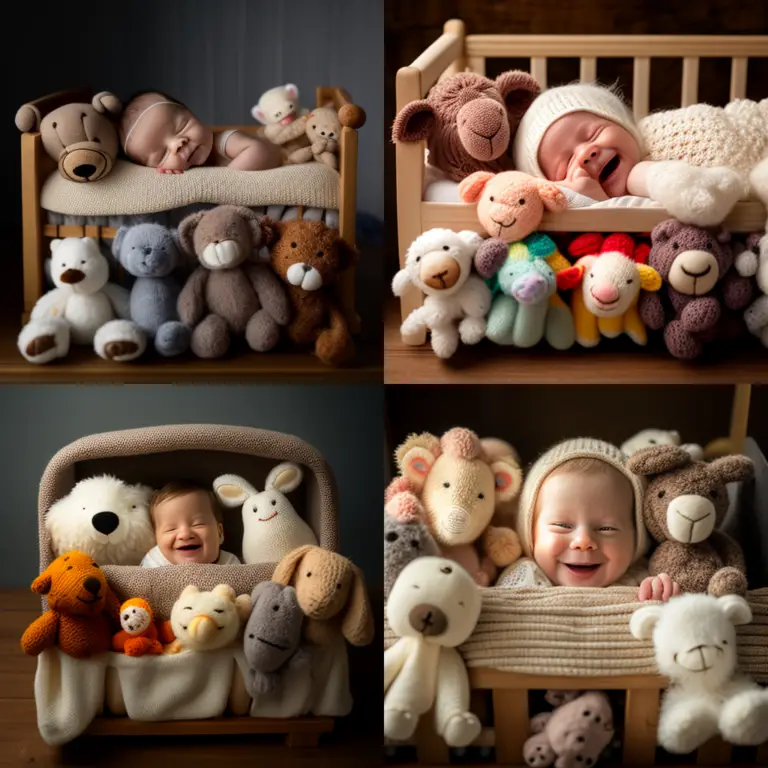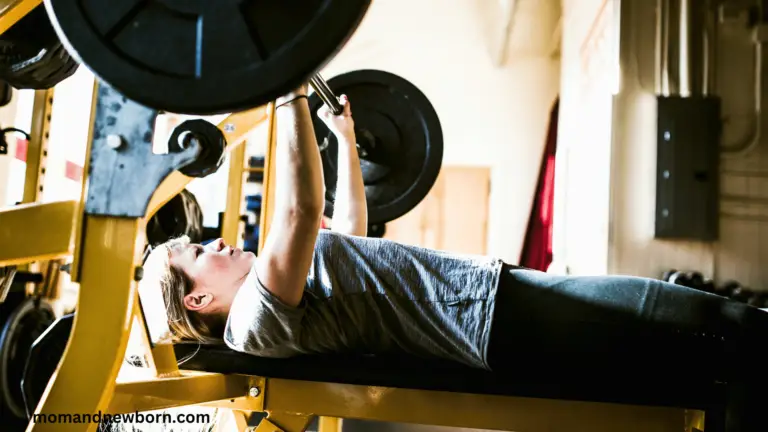Sip, Sip, Hooray: How to Teach Your Baby to Drink from Straw
As your baby grows, the time comes to introduce new skills and milestones, including learning to drink from a straw. It’s an exciting stage that brings newfound independence and expands their drinking abilities.
Starting between 6 to 12 months of age, babies can begin mastering the art of sipping through a straw. But where do you begin, and what should you know about this developmental milestone?
In this guide, we’ll explore the age at which babies learn to drink from a straw, the benefits of using straw cups, and essential tips to guide you through this exciting transition. Get ready to witness your little one’s newfound sipping skills!
What age do babies learn to drink from a straw?

Babies typically start learning to drink from a straw between 6 to 12 months of age. However, the exact age can vary from child to child and depends on their developmental readiness and exposure to the straw.
It’s important to introduce a straw gradually and supervise your baby while drinking from it to avoid choking or other safety hazards.
You can start by offering a small amount of liquid through the straw and gradually increasing the amount as your baby gets used to the sensation. You can also consider using a straw cup designed specifically for babies, as it can be easier for them to hold and manipulate.
Is sippy cup or straw better?
| Sippy Cup | Straw Cup | |
|---|---|---|
| Design | Spout or valve to prevent spills | Straw for drinking |
| Drinking Motion | Requires sucking motion similar to bottle | Requires more mature sucking motion |
| Oral Motor Development | May promote continued use of sucking motion | Promotes proper oral motor development |
| Head Position | May encourage slouched position | Encourages upright head position |
| Coordination Required | Easier for younger babies to use | May require more skill and coordination |
| Age-Appropriate | Suitable for babies 6 months+ | Suitable for babies 9 months+ |
| Independence | Easy for child to hold and drink from independently | Easy for child to hold and drink from independently |
Can I put formula in a straw cup?
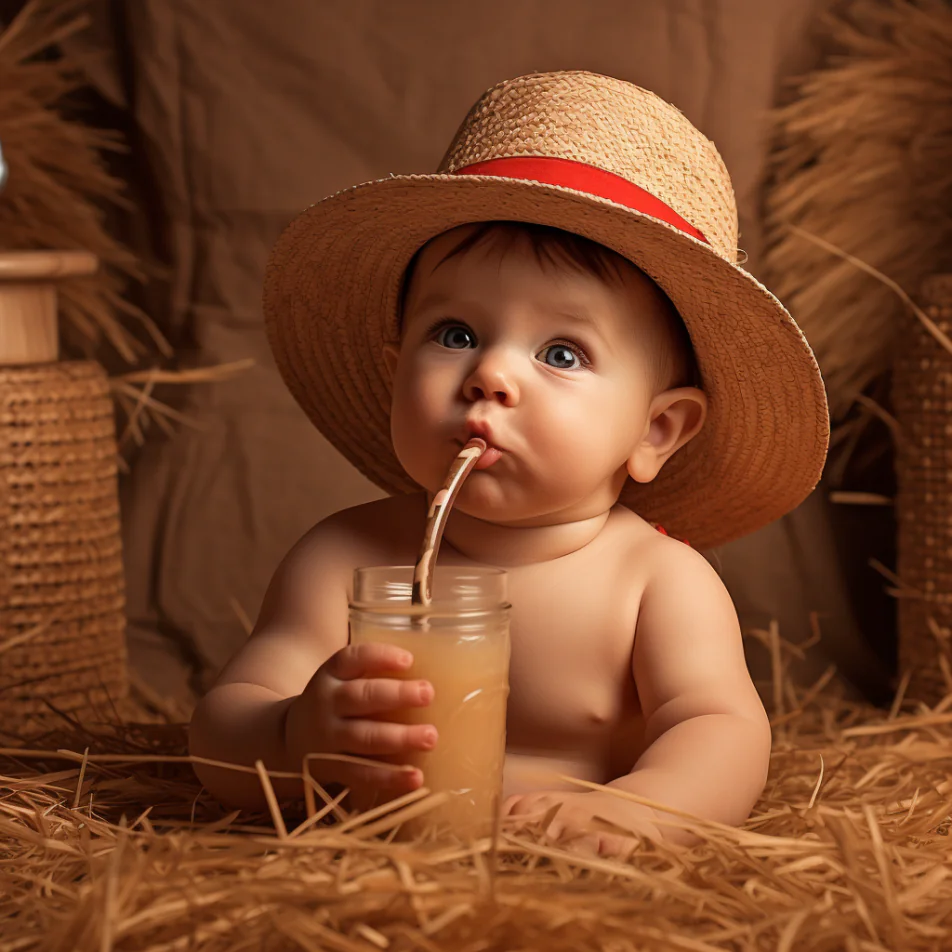
You can put infant formula in a straw cup for your baby if they have already learned to drink from a straw. Using a straw cup can help your baby transition from a bottle to a regular cup and promote oral motor development.
When introducing a straw cup, choose one that is age-appropriate and easy for your baby to use. You may need to try different types of straw cups to find the one that works best for your baby.
Following the proper guidelines for preparing and storing infant formula is essential to ensure your baby’s safety. Clean and sanitize the straw cup regularly, as bacteria can build up in the straw or the cup itself.
How do I teach my baby to drink from a straw?
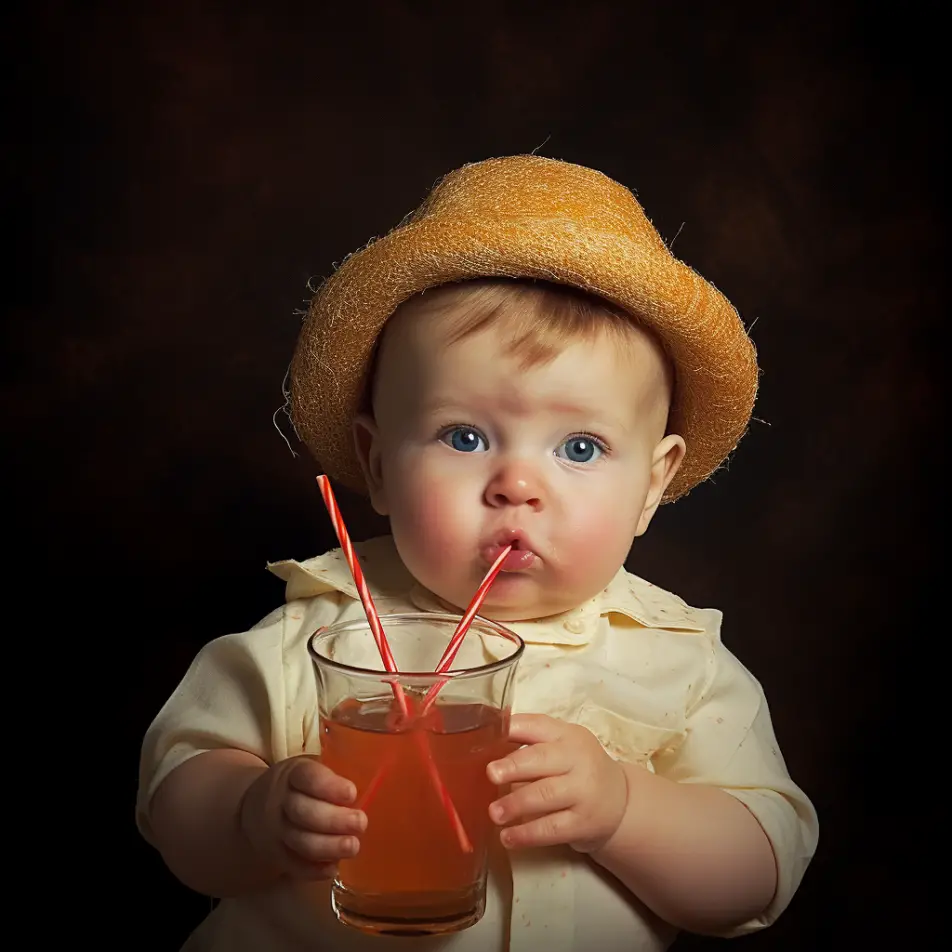
Here are some steps to teach your baby how to drink from a straw:
- Choose an appropriate straw cup: Look for a straw cup designed for babies with a soft, silicone straw. Ensure it is BPA-free and easy for your baby to hold and use.
- Demonstrate how to use the straw: Show your baby how to suck on the straw by filling the cup with a small amount of liquid and demonstrating how to suck the juice up through the straw. You can also take a sip from the straw yourself to verify.
- Offer encouragement and support: Encourage your baby to try drinking from the straw by holding the cup and guiding the straw towards their mouth. Praise them for their efforts and offer lots of positive reinforcement.
- Be patient: It may take several attempts for your baby to get the hang of drinking from a straw, so be patient and don’t get discouraged. Offer many practice opportunities, and be prepared for spills and messes.
- Gradually increase the amount of liquid: Start with a small amount in the cup and gradually increase the amount as your baby gets more comfortable drinking from the straw. Be sure to supervise your baby while they are drinking and take breaks if they seem to be getting tired or frustrated.
How do you transition from a bottle to a straw cup?
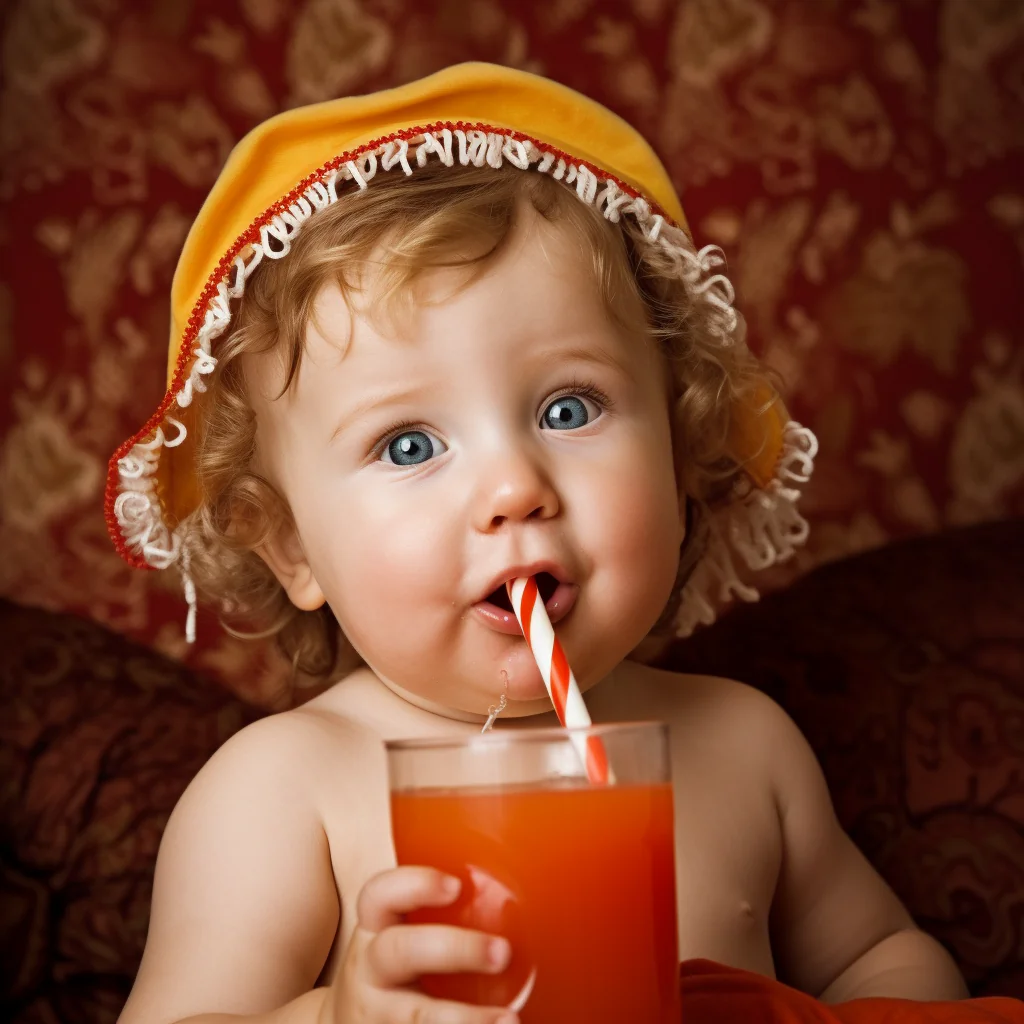
Transitioning from a bottle to a straw cup can take time and patience. Here are some steps to help make the transition smoother:
- Introduce the straw cup gradually: Start by offering the straw cup as a supplement to the bottle. Offer small amounts of liquid in the straw cup during meals while offering the bottle at other times.
- Experiment with different types of straw cups: Try different types of straw cups to see which one your baby prefers. Some babies may choose cups with handles or weighted bases to prevent tipping over.
- Offer positive reinforcement: Encourage your baby to use the straw cup by praising them for their efforts and offering positive support when they take a sip.
- Gradually reduce bottle use: As your baby becomes more comfortable with the straw cup, gradually reduce the use of the bottle. Start by eliminating one bottle feeding daily and replacing it with a straw cup feeding. Reduce bottle use until your baby only uses the straw cup.
- Be patient: Remember that transitioning from a bottle to a straw cup can take time, and your baby may need some time to adjust to the new method of drinking. Be patient, offer support and encouragement, and celebrate each small success.
What age should a child drink from an open cup?
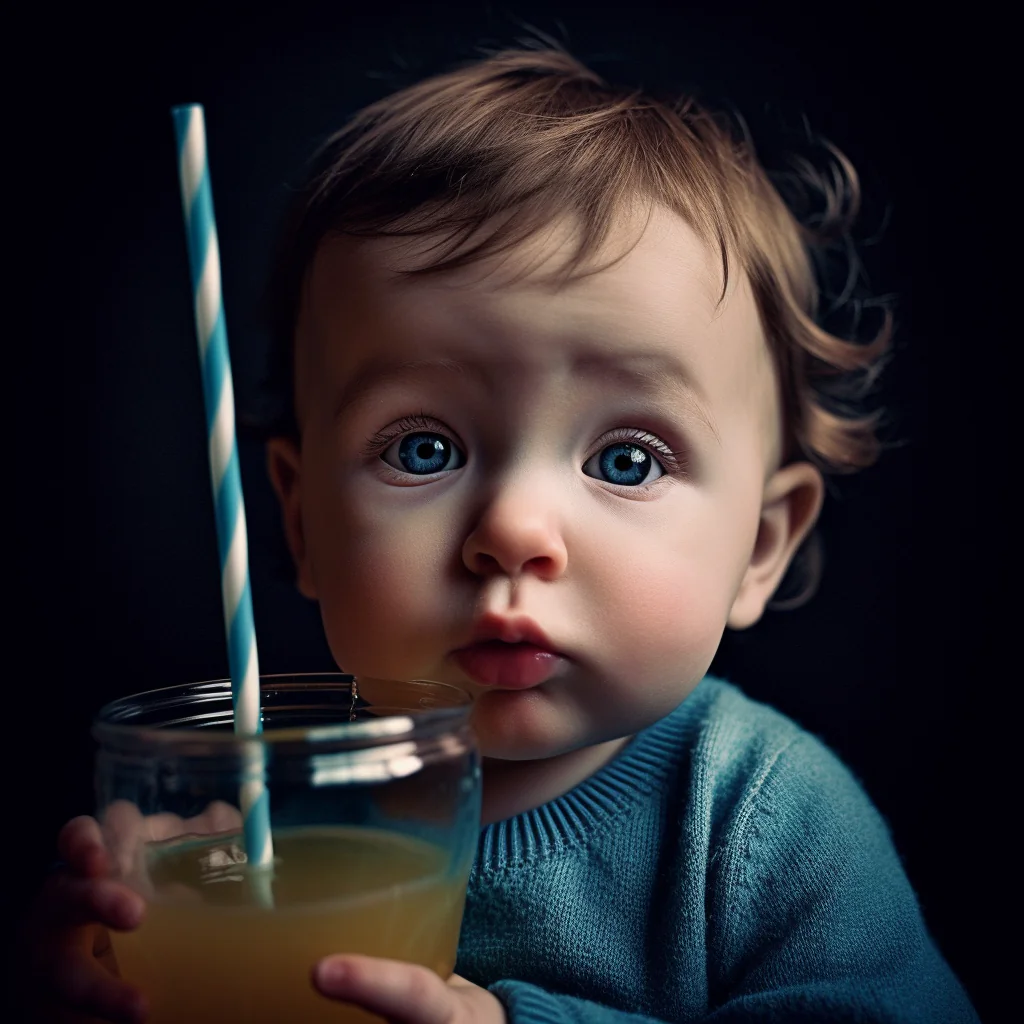
Most children are ready to drink from an open cup between the ages of 12 to 18 months. However, this can vary depending on the child’s development and readiness. It’s important to wait until your child has the motor skills and coordination to hold and drink from an open cup before introducing it.
To determine if your child is ready for an open cup, look for the following signs:
- Your child can sit up independently and maintain good head control
- Your child can grasp and hold an object, such as a cup or a toy
- Your child shows an interest in drinking from a cup and can mimic drinking motions
When introducing an open cup, starting with a small amount of liquid and supervising your child closely is important. Offer plenty of praise and encouragement as your child learns to drink from the cup, and be prepared for some spills and messes along the way.
It’s also important to note that some children may continue to use a sippy cup or straw cup for longer, especially if they have special needs or difficulties with coordination. As always, being patient and adapting to your child’s needs and abilities is important.
Can I give my 9 month old formula in a straw cup?
You can give your 9-month-old formula in a straw cup if they can drink from it. However, choosing a straw cup appropriate for their age and developmental stage is important. Look for a straw cup that has a soft, silicone straw and is designed for babies.
When offering formula in a straw cup, supervise your baby closely to prevent choking or other safety hazards. Start by providing a small amount of procedure in the cup and gradually increasing the amount as your baby gets more comfortable drinking from the straw.
Can I put formula in a Ziplock?
No, it is not recommended to put formula in a Ziplock bag. Ziplock bags are not designed to hold liquids and may not be able to provide a secure seal to prevent leaks or spills. Additionally, Ziplock bags are not made from safe materials for storing food, especially for infants.
Instead, it’s best to use bottles or formula dispensers designed for holding and dispensing formulas. These containers are typically made from safe food storage materials and can provide a secure seal to prevent leaks and spills.
If you need to transport formula while you’re out and about, you can prepare it in a bottle or formula dispenser and store it in an insulated cooler bag with an ice pack to keep it cold. This can help ensure the formula stays fresh and safe for your baby to drink.
At what age do babies hold their own sippy cup?
Most babies can hold their sippy cups between 6 and 10 months, depending on their development and motor skills. At around 6 months, babies can typically grasp and hold objects, such as toys or fingers. By 8-10 months, they may have developed enough hand-eye coordination to grab a sippy cup and bring it to their mouth to drink.
